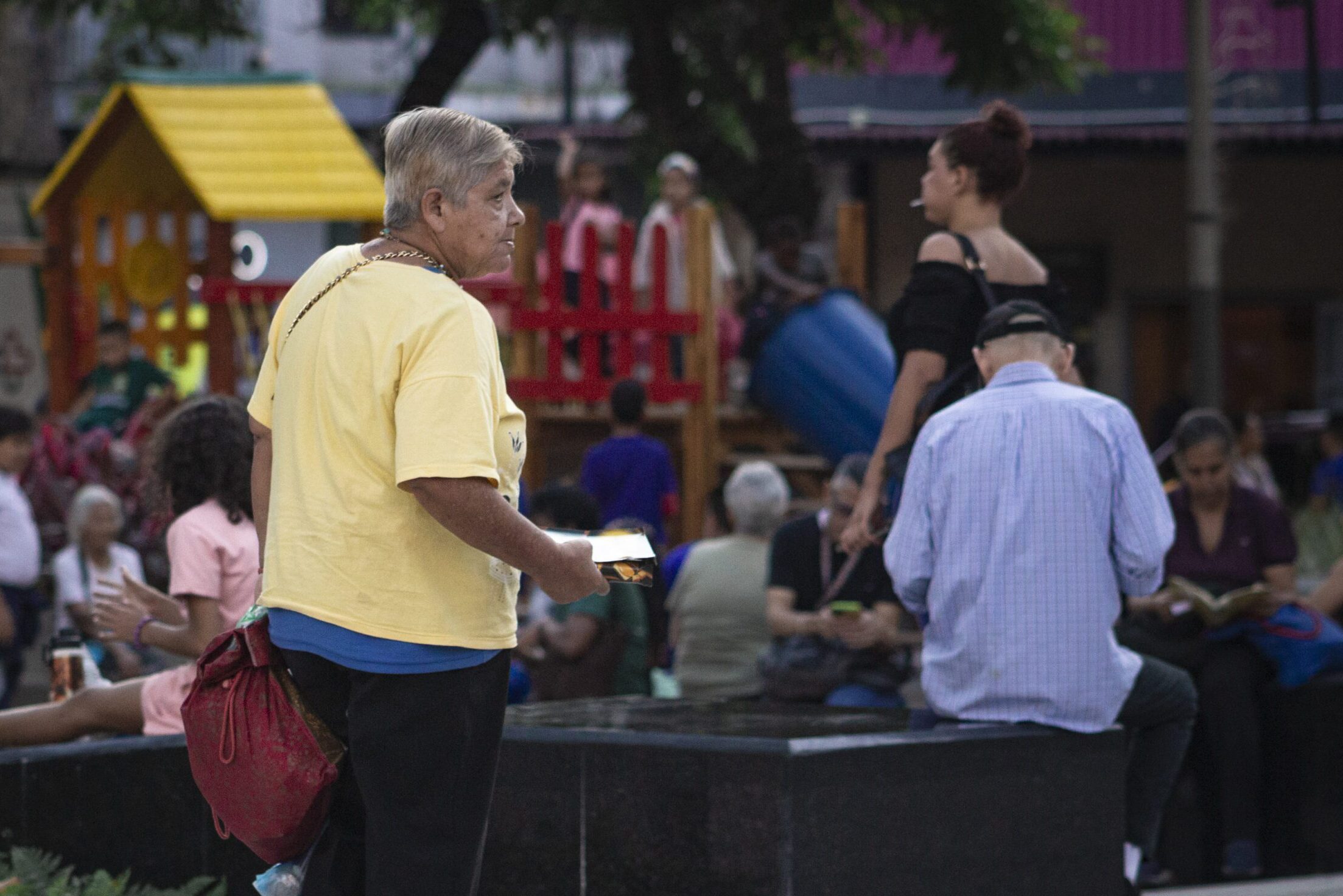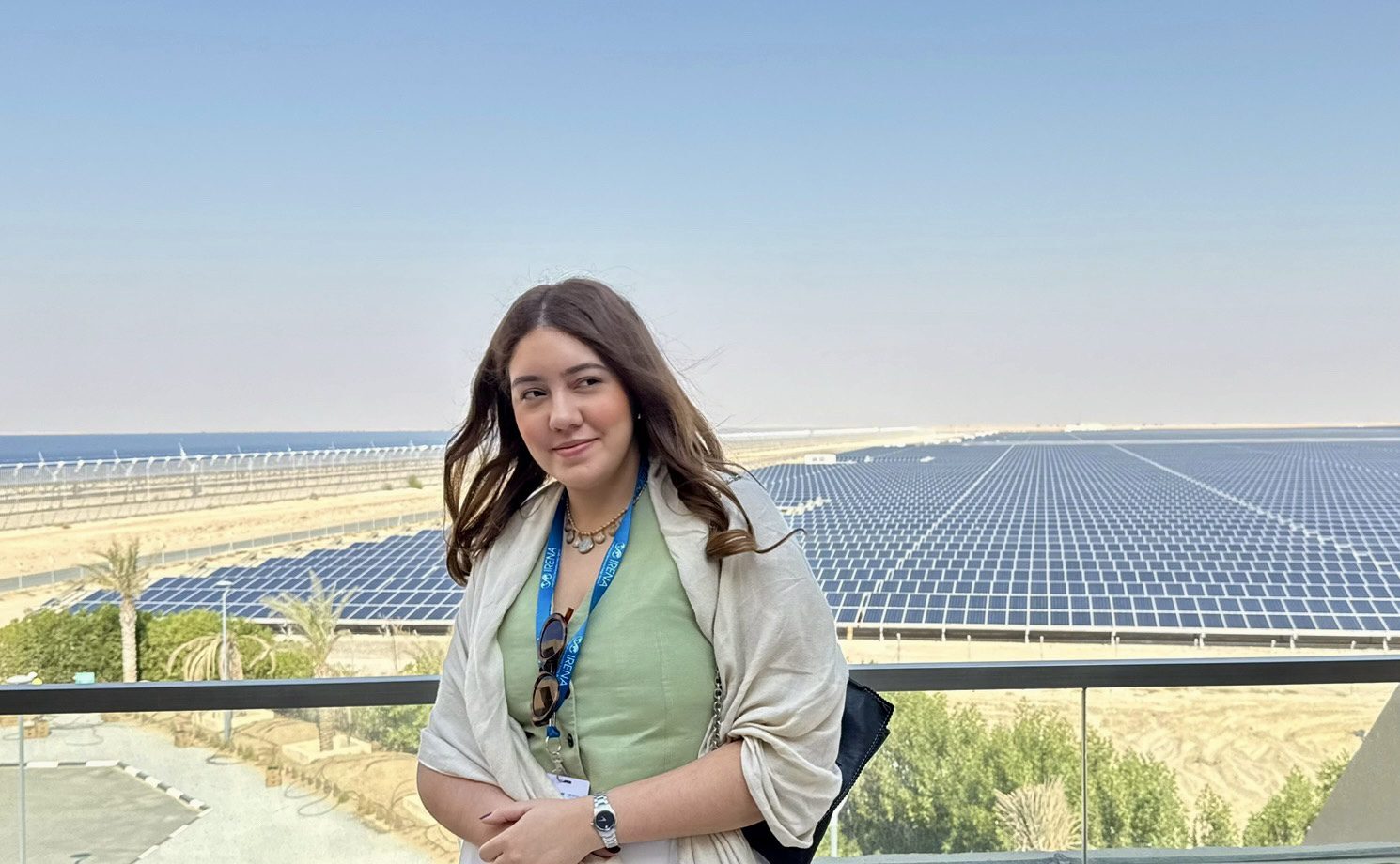Since mid-September, the Trump administration has released videos of several airstrikes against vessels accused of transporting drugs to the United States. This image from October 18 shows a submarine, although the location is unknown. One Colombian and one Ecuadorian citizen survived, according to official sources. Photo: Department of War.
Guacamaya, October 19, 2025. The administration of President Donald Trump has already announced at least seven attacks on vessels allegedly used for drug trafficking around Latin America. Although it initially seemed focused on the coasts of Venezuela, the military operation has also claimed victims from Colombia, Ecuador, and Trinidad and Tobago.
The attacks are taking place as part of a deployment ordered by President Trump in mid-August to use armed forces against drug cartels in the region. Several Navy and Air Force units have already entered the theater of operations, such as eight warships, F-35 fighter jets, and B-52 bombers.
Al Jazeera managed to estimate the locations of at least four of the first five attacks, and three are believed to have taken place off the Venezuelan coast.
It has also become apparent that the objective of this operation is to intimidate the Venezuelan government and military leadership to bring about a regime change, as has been discussed both in Guacamaya and in various U.S. media outlets citing officials speaking anonymously.
Although Trump has avoided explicitly stating that he is seeking a regime change, on October 15 he claimed he had authorized the CIA to operate inside Venezuela.
On the other hand, the military actions in the Caribbean are becoming an argument for Trump’s radical anti-immigration policy, led by his advisor Stephen Miller. He is currently trying to convince judges that the United States is under enemy attack, thereby justifying the invocation of the Alien Enemies Act.
Tensions between Trump and Petro rise as first victims appear
The naval deployment has already opened a front between Bogotá and Washington; on October 18, President Gustavo Petro stated that “Officials of the U.S. government have committed murder and violated our sovereignty in territorial waters” by bombing a boat which he said was carrying a Colombian fisherman, Alejandro Carranza.
This and other accusations by Petro led Trump to declare him an “illegal drug leader” and announce the end of all subsidy payments to Colombia. In fact, in his Truth Social post, the U.S. president repeatedly wrote “Columbia” to refer to the South American country.
On the same day, it was announced that the Pentagon bombed a submarine used for drug trafficking. However, this time there were two survivors: one Colombian and one Ecuadorian citizen. Both were repatriated to their countries without being prosecuted in the United States, implying there was insufficient evidence.
The Trump administration had already designated Colombia as a country that “has failed demonstrably” in its obligations to control drug trafficking in September, but without cutting aid funds.
Unlike Bogotá, the Venezuelan government has largely avoided commenting on the attacks on vessels in the Caribbean. It has not released the names of the victims, who could be in the dozens. Meanwhile, it has denounced an attempt to force regime change in Venezuela over its oil reserves and other natural resources.
What has the United States deployed so far?
The military deployment is taking place under the U.S. Southern Command, which includes operations in Latin America and the Caribbean except for Mexico and Puerto Rico, and is headquartered in Miami, Florida.
Open-source investigations have confirmed the presence of significant firepower among Navy and Air Force assets, although with a low presence of units capable of fighting on land, such as infantry soldiers or armored vehicles.
The Roosevelt Roads Naval Base in Ceiba, Puerto Rico, which had been closed for over two decades, has also been reopened. This seems to indicate that the military operation will not be brief.
The Navy has deployed at least 8 warships, including four guided-missile destroyers, and a nuclear-powered submarine, the USS Newport News. These would have the capacity to carry dozens of long-range Tomahawk missiles.
They are also accompanied by the 22nd Marine Expeditionary Unit, with 2,200 personnel, transported by the Iwo Jima Amphibious Ready Group, including the multipurpose Wasp-class amphibious assault ship of the same name, capable of carrying up to 30 helicopters. The Navy assets present in the Caribbean also include aircraft such as the 10 F-35B fighter jets. Interestingly, the deployment includes two P-8 Poseidon aircraft, specialized in anti-submarine warfare, even though Venezuela has no active submarines.
The Air Force itself has introduced aircraft and drones such as the C-17 Globemaster for transporting cargo and personnel, and the MQ-9 Reaper, loaded with Hellfire missiles. It also includes three B-52 bombers, which were used for a show of force near Venezuelan airspace.
On the other hand, movements of special operations forces have been reported, who would be moving on the MV Ocean Trader ship or in helicopters near Trinidad and Tobago. According to open-source investigations, P-8 Poseidon and C-17 Globemaster aircraft have also been spotted arriving on the island.
For the United States, it has been common to seek allied governments to contribute to its military operations abroad. Despite having the most powerful armed forces in the world, forming a coalition grants it legitimacy, to assert that it is not a unilateral aggression, but a necessary multilateral action with multilateral support.
Already in the Korean War, Western countries intervened under the banner of the United Nations. In 2003 in Iraq, although it was not possible to use the UN’s name, George W. Bush created the “Coalition of the Willing.” In the region, other examples exist. In the occupation of the Dominican Republic in 1965, Washington created the Inter-American Peace Force to involve small contingents from Brazil, Paraguay, Nicaragua, Costa Rica, El Salvador, and Honduras.
In a report from La Política Online, it was explained that Trump had asked Argentina, Ecuador, and El Salvador to participate. But according to Argentine military sources, they would not have the capacity, and their support would be more symbolic.







